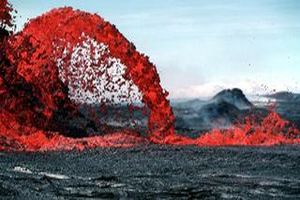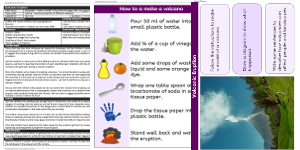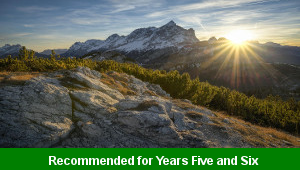Volcanoes

This geography teaching pack for Key Stage Two gets the children to identify, describe and compare the effects that volcanoes can have on different landscapes and populations in communities around the world. The class can explore how volcanoes are the same or different than other physical features in the world.

Identify, describe and compare the effects that volcanoes can have on different landscapes and populations in communities around the world

Lesson One : Volcano Quiz
Conduct and present geographical research to investigate how volcanoes work and how they can impact life and landscapes on Earth

Lesson Two : World Volcanoes
Identify and describe how to build a database to identify and record the location of some of the different volcanoes on a world map

Lesson Three : Volcano Scrapbook
Describe and compare some of the physical features including volcanoes that can be found in different locations around the world

Lesson Four : Volcano Pen Pal
Describe and compare some of the special physical features of volcanoes found in different locations around the world by responding to a letter providing information about living next to volcano

Lesson Five : Volcanic Eruption
Design and produce a model using a range of materials to illustrate the different physical stages that can occur during a volcanic eruption

Lesson Six : Volcano Expedition
Describe and compare how a volcano is different from other physical features found around the world by recounting what might happen during an expedition to a volcano
-

Maths Arithmetic Assessment
Assess abilities in solving arithmetic number problems for addition, subtraction, multiplication and division when working with informal and formal written calculations
-

Environment
Identify and describe some of the special landscapes and locations that can be found in the world and reflect on how they can be protected and preserved for the future
-

Silent Letter Words
Explore and illustrate the meanings and spellings of some different words with silent letters when using them in a range of topics and scenarios
-

Complaint Letters
Explain and model how to format and structure writing when composing letters of complaint about different issues and scenarios
